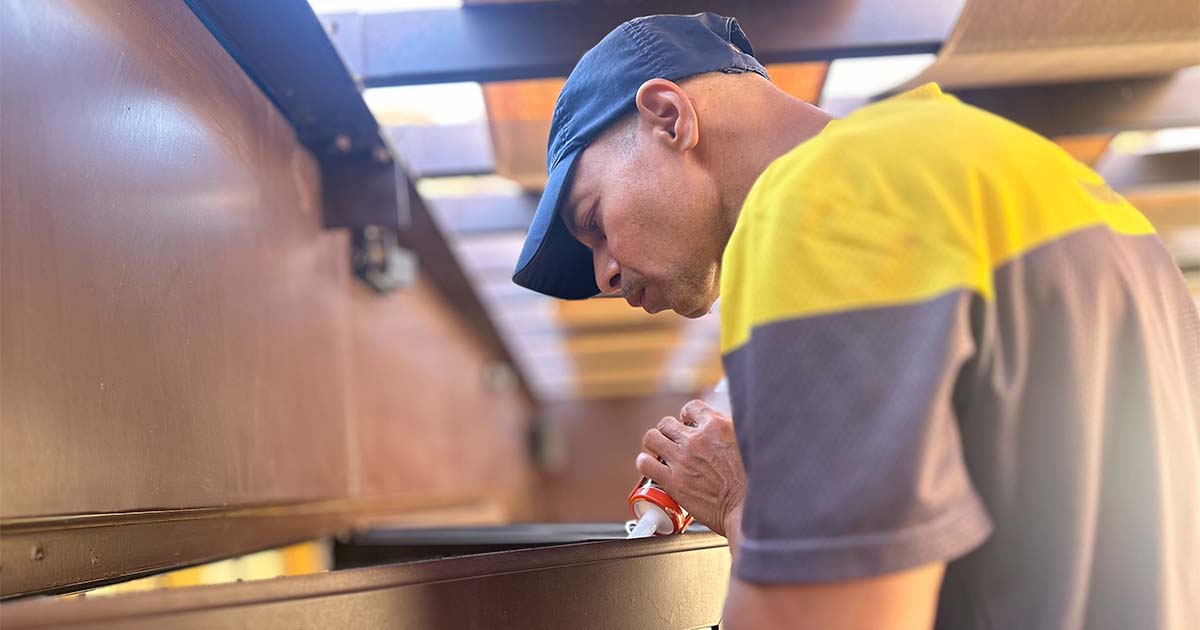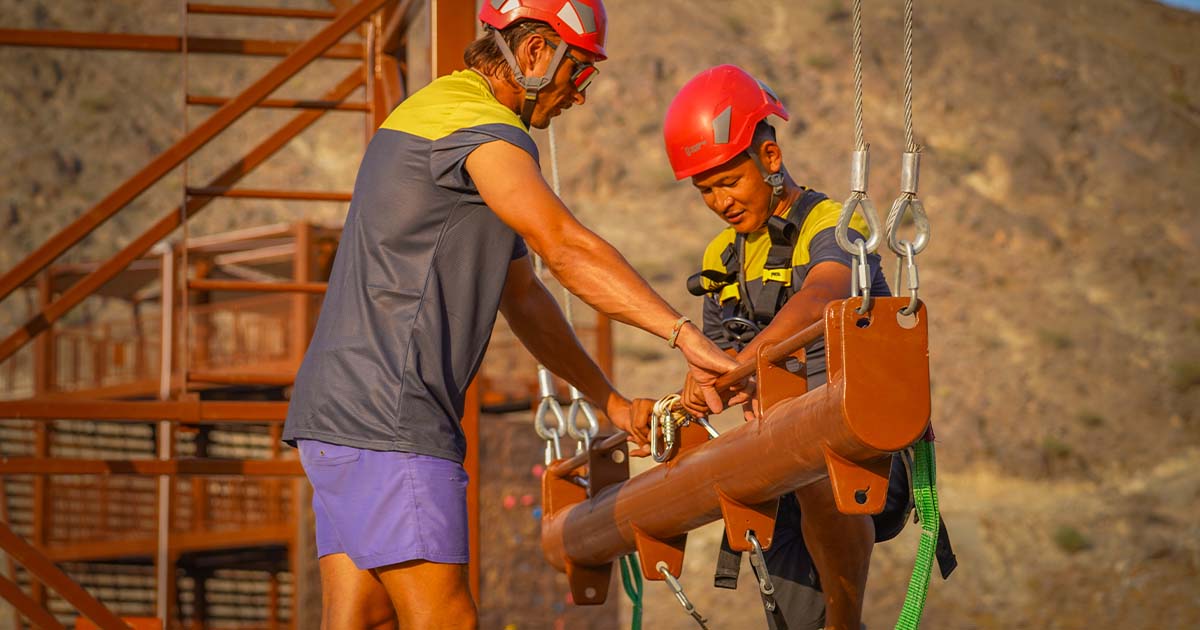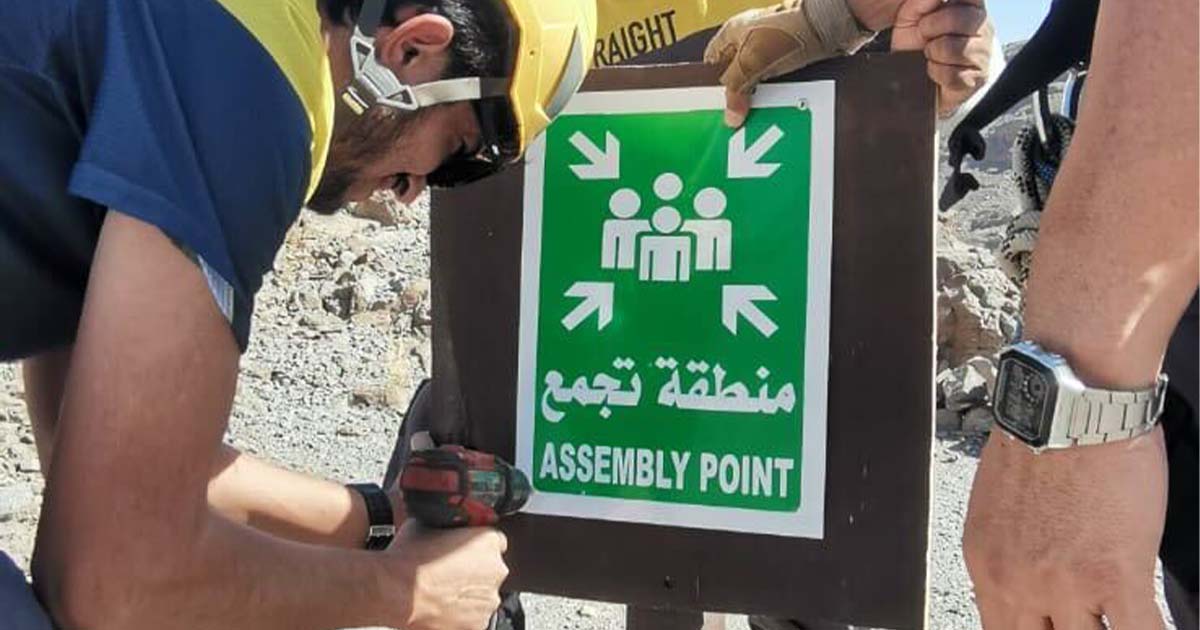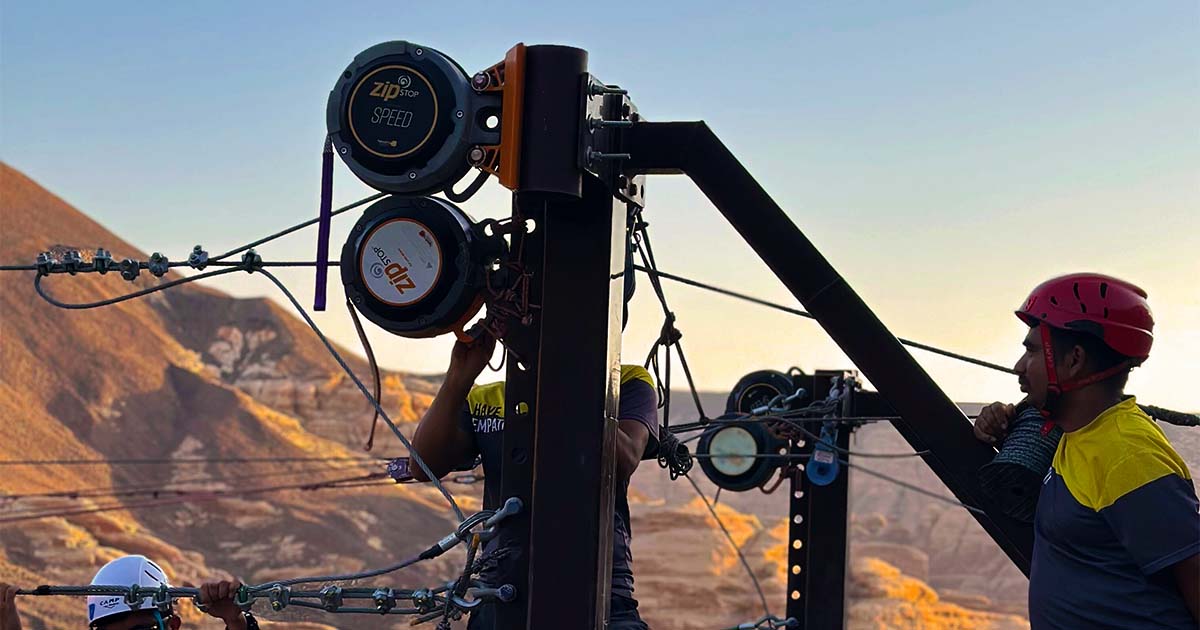Adventure parks are filled with excitement, but safety is a key. Annual inspections help identify risks, ensuring all activities are secure and providing a safe, enjoyable experience for visitors.
WHY ANNUAL INSPECTIONS ARE CRUCIAL
Just as regular maintenance is essential for vehicles and machinery, annual inspections are a must for maintaining the safety and integrity of adventure park equipment. Inspections help ensure compliance with safety regulations, mitigate potential hazards, and keep the park running smoothly.
- Legal Compliance: Staying compliant with local and international safety standards is non-negotiable. Inspections help ensure your park meets all regulatory requirements, avoiding costly fines and potential shutdowns.
- Risk Management: Inspections help identify potential risks before they escalate into accidents. From frayed ropes to loose bolts, identifying these issues early can prevent injuries and reduce liability.
- Visitor Confidence: When visitors know that safety is your priority, trust in your park increases. Regular inspections foster confidence and create a positive reputation, encouraging repeat visits.
- Operational Efficiency: Keeping your equipment in top shape reduces the likelihood of unexpected breakdowns or operational delays, ensuring a smooth and enjoyable experience for your guests.
KEY AREAS TO INSPECT IN THE ADVENTURE PARK
In an adventure park, safety spans across various attractions, whether they involve land, water, sky, or aerial-based activities. Regular, comprehensive inspections are vital to ensure that each element of the park is safe, functional, and ready for use. Below are the critical areas for inspection in any adventure park:
1. Structural Integrity Across Attractions

- Foundations & Support Systems: Whether it’s an adventure tower, a zipline, or a rope course, all structural foundations must be checked for stability. Inspect beams, support columns, and anchor points to ensure they are free from cracks, rust, or any signs of movement. Whether on land or in the air, the integrity of the structure is paramount to preventing accidents.
- Surface Safety: For land-based activities (like climbing or hiking), check for hazards such as uneven ground, sharp edges, or other obstacles that could pose a risk. For aerial or water features, ensure landing zones, platforms, and entry points are free from damage and obstacles.
2. Activity-Specific Equipment
Regular checks on all adventure equipment are essential for ensuring safety.
LAND-BASED ACTIVITIES
Key inspection points include inspecting mountain bikes for brakes, tires, suspension, and helmets. Go-karts should be checked for engine performance, brakes, tires, and seatbelts. For alpine sledding, focus on the condition of sleds, brakes, steering, and track safety. Activities like axe throwing require inspecting axes and targets for damage, while ensuring the throwing area is clear and safety barriers are in place. Archery gear should be checked, including bows, arrows, targets, and protective gear. camping pods should be structurally sound, with working fire extinguishers, heating, and lighting systems, while rope courses should be inspected for ropes, platforms, harnesses, and proper functioning of safety systems.
SKY/AERIAL ACTIVITIES
It’s crucial to inspect the giant swing’s harnesses, ropes, and swing mechanisms for security and smooth operation. Skydiving requires checking harnesses, parachutes, and buckles to ensure they function properly. For adventure towers featuring activities like bag jumping, abseiling, wall climbing, and quick flight, inspect harnesses, ropes, climbing holds, belay systems, braking mechanisms, and safety barriers to ensure all equipment is secure and functioning properly.
WATER-BASED ACTIVITIES
Parasailing requires checking harnesses, ropes, and life jackets for wear and proper fit. Jet skiing demands that jet skis are in working order and life jackets fit properly. For wakeboarding, inspect wakeboards, bindings, and life jackets for security. Diving activities, including scuba diving, require inspecting diving tanks, masks, fins, and wetsuits, along with regular checks of air supply systems and other diving equipment to ensure everything is functioning correctly. Stand-up paddle boarding, kite surfing, and kayaking require checking paddles, life jackets, and safety gear for wear and fit, ensuring a secure and enjoyable experience. Surfing with kite surfing also demands inspecting kites, lines, and harnesses for damage or wear, ensuring they are ready for safe use.
3. FUNCTIONAL TESTING OF SAFETY FEATURES

Testing Active Components: Whether it’s mechanical systems like zipline braking mechanisms or aerial course pulleys, all operational parts should be tested under real-life conditions. Simulate activities to test the functionality of safety systems (e.g., emergency stops, harness systems). This ensures that braking systems, restraints, and other critical components function properly before any participant engages with the activity.
Safety Protocols for High-Risk Activities: For activities like ziplining, skydiving, or water sports, it’s essential to inspect emergency protocols, such as automatic braking on zipline rides or life-saving gear for water-based activities. Ensure that all emergency systems are easily accessible, and that staff are trained in rapid responses.
4. Environmental Impact & Equipment Durability
Weather Impact: Inspect equipment for how it performs in variable weather conditions. For sky or water-based activities, weather can heavily impact safety. Ensure watercraft or flying apparatus can handle extreme conditions, such as high winds, rain, or sun exposure. For climbing walls or ground-based activities, ensure that weather conditions like rain or extreme heat haven’t caused wear or unsafe conditions.
Wear & Tear on Materials: Every type of activity in the park uses equipment that experiences wear—whether it’s ropes, slings, belts, climbing holds, or safety harnesses. Regularly inspect for degradation due to wear, exposure to the elements, or the intensity of use. This includes inspecting metallic components, wooden structures, and plastic parts.
5. Safety Signage, Emergency Exits & Accessibility

- Clear Safety Signage: Ensure that all safety rules are clearly posted near each activity, including any age restrictions, health guidelines, or safety instructions. Accessibility should be prioritized for guests with special needs.
- Emergency Exits & Accessibility Routes: Every section of the park must have clearly marked emergency exits and pathways that lead to safe zones. Whether it’s for water rides, aerial courses, or climbing zones, ensure these routes are unobstructed and well-lit.
BENEFITS OF REGULAR INSPECTIONS
By prioritizing annual inspections, you’re not just meeting regulatory requirements. You’re also setting your park up for long-term success.
- Enhanced Safety: Inspections identify potential hazards early, reducing the risk of accidents and injuries.
- Peace of Mind: With the assurance that your park’s equipment is functioning properly, you can confidently welcome visitors without worrying about safety risks.
- Extended Equipment Life: Regular maintenance helps extend the life of expensive equipment, saving you money in the long run and avoiding costly breakdowns.
- Reduced Liability: Proactively addressing safety issues shows a commitment to the well-being of your visitors, reducing the risk of legal action in case of an accident.

PRIORITIZE SAFETY TO ENSURE SUCCESS
As a leading agency specializing in adventure park development and operations, we understand that safety is the foundation of a successful and trusted park. Implementing effective safety measures requires a comprehensive approach that combines advanced technology, expert consultancy, and thorough third-party audits.
Whether you’re building a new adventure park or maintaining an existing one, the importance of annual inspections cannot be overstated. Regular checks not only keep your park safe for visitors but also protect your investment, improve your operational efficiency, and enhance your reputation as a park that values safety.
Contact us today to discuss how we can help ensure your park meets the highest safety and compliance standards. We’re here to support your vision and keep your adventure park running smoothly and safely.